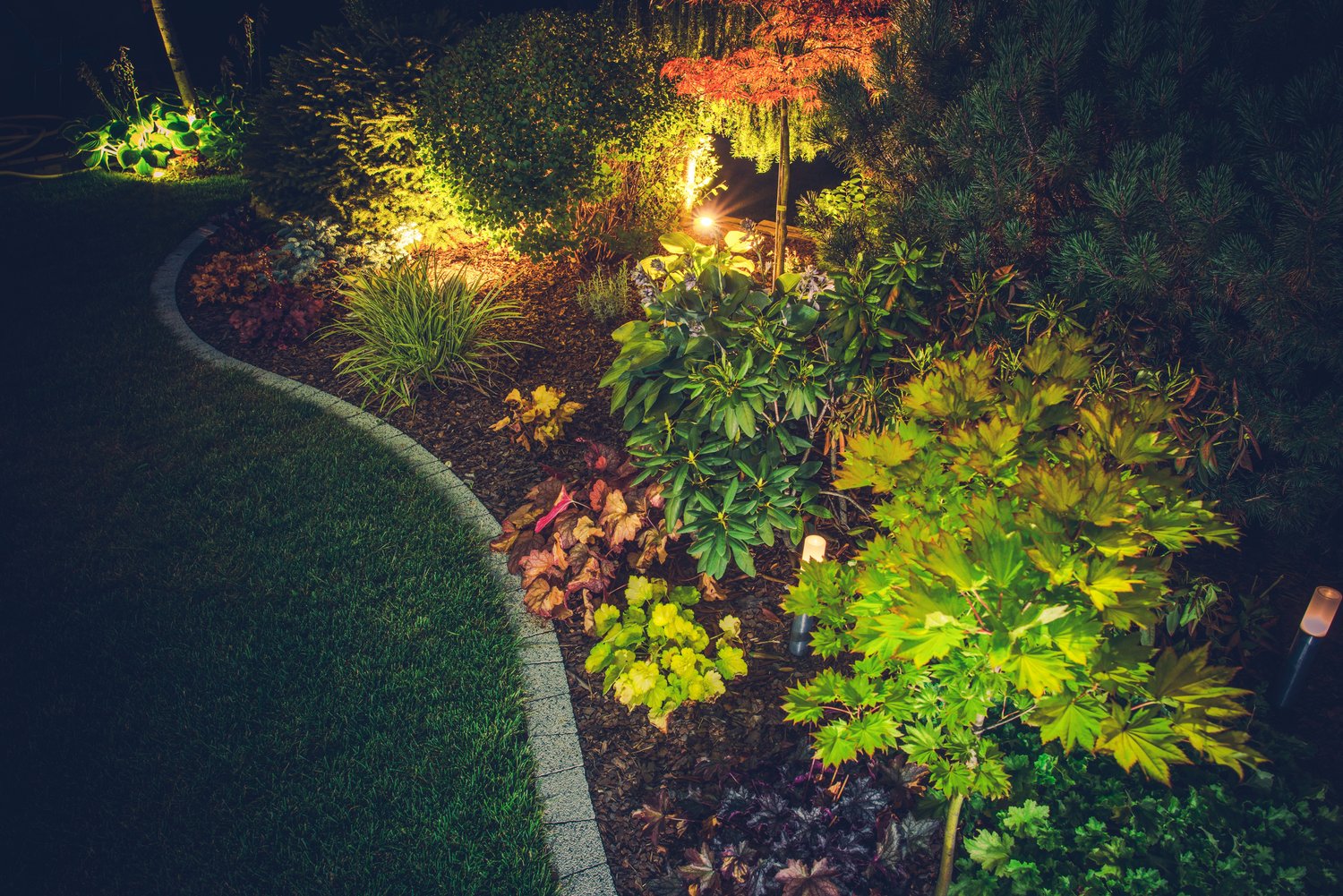Effective outdoor lighting serves multiple essential purposes for homeowners, transforming both the functionality and appearance of your property after dark. Strategic illumination can deter potential intruders, prevent accidents on walkways, and showcase your home’s architectural features and landscaping. This article explores comprehensive outdoor lighting ideas that balance security concerns with aesthetic considerations, creating a welcoming atmosphere while keeping your property safe. From practical security lighting for your home to artistic landscape lighting design, we’ll guide you through creating an exterior lighting plan that enhances both safety and curb appeal lighting.
The Security Benefits of Outdoor Lighting
Well-planned security lighting for your home creates an environment where intruders feel exposed and vulnerable. Dark areas around entry points like doors and windows provide cover for unwanted visitors, but strategic lighting eliminates these hiding spots. Motion-activated floodlights installed at corners of your home can startle and expose potential trespassers while conserving energy when not needed. Consider placing fixtures near garages, side yards, and other secluded areas where someone might attempt to gain entry unnoticed. Security experts recommend layering different types of lighting rather than relying solely on extremely bright lights, which can create harsh shadows that might actually provide hiding places. Timers and smart lighting systems can simulate occupancy when you’re away by varying the lighting patterns, creating the impression that someone is home even during vacations or business trips.
Pathways and Access Points: Safety First
Illuminating walkways, steps, and entrances serves the dual purpose of preventing accidents and welcoming guests. Path lights placed along walkways guide visitors safely to your door while defining the borders of your hardscaping features. Step lights integrated into stairs or their surrounding walls prevent dangerous falls by clearly marking elevation changes. For driveways, consider low bollard lights that provide ground-level illumination without creating glare for drivers. Entry lighting deserves special attention, as your front door serves as both a security point and a focal feature for curb appeal lighting. Flanking your entrance with matching sconces creates a balanced, inviting look while ensuring visitors can easily find your door and you can identify who’s there. As the experts at AskHomey suggest, properly illuminated entries not only enhance security but also make a strong first impression on guests and potential buyers if you ever decide to sell.
Landscape Lighting Design Principles
Effective landscape lighting design transforms your property after dark, highlighting its best features while creating ambiance. The technique of uplighting involves placing fixtures at ground level to illuminate trees, architectural elements, or tall shrubs from below, creating dramatic shadows and emphasizing height. Conversely, downlighting mimics natural moonlight when fixtures are placed high in trees to cast gentle, dappled light on areas below. Grazing is a technique where light is positioned to shine at a shallow angle across textured surfaces like stone walls or decorative bark, accentuating their three-dimensional qualities through shadow play. Cross-lighting uses multiple sources to eliminate harsh shadows and provide balanced illumination of important landscape features. Remember that in landscape lighting, restraint often yields better results than excess—highlighting select focal points rather than illuminating everything creates more visual interest and avoids a flat, overlit appearance.
Enhancing Curb Appeal with Decorative Lighting
Beyond security and safety, outdoor lighting ideas can significantly enhance your home’s architectural features and curb appeal lighting. Well-designed exterior illumination can increase property value by emphasizing your home’s unique characteristics and creating a memorable nighttime presence. Consider wash lighting to gently illuminate the facade of your home, bringing out textures and colors that might be lost after dark. Accent lighting can draw attention to landscaping investments like specimen trees, water features, or garden sculptures. For a touch of charm, string lights across patios or pergolas create an inviting atmosphere for outdoor entertaining spaces. Decorative fixtures themselves can become design elements during daylight hours, so choose styles that complement your home’s architectural period and materials. When planning curb appeal lighting, consider how your home appears from different vantage points, including the street view and approaches to the entrance.
Energy Efficiency and Environmental Considerations
Modern outdoor lighting solutions balance effectiveness with energy conservation. LED technology has revolutionized exterior lighting, offering options that consume up to 80% less electricity than traditional incandescent bulbs while lasting many times longer. Solar-powered fixtures eliminate wiring needs and operating costs, though they may provide less consistent illumination depending on weather conditions and placement. Smart lighting systems allow precise control over timing, brightness, and even color from your smartphone, making it easy to adjust settings seasonally or for special occasions. When designing your lighting plan, be mindful of light pollution and its effects on wildlife and neighbors. Fixtures with proper shielding direct light downward where needed rather than allowing it to spill into the night sky or neighboring properties. Additionally, warm-toned lighting (under 3000K) creates less disruption to nocturnal animals while providing a more flattering glow for your landscape lighting design.
For more tips and to connect with reliable home service professionals, follow AskHomey on Facebook and Instagram.



